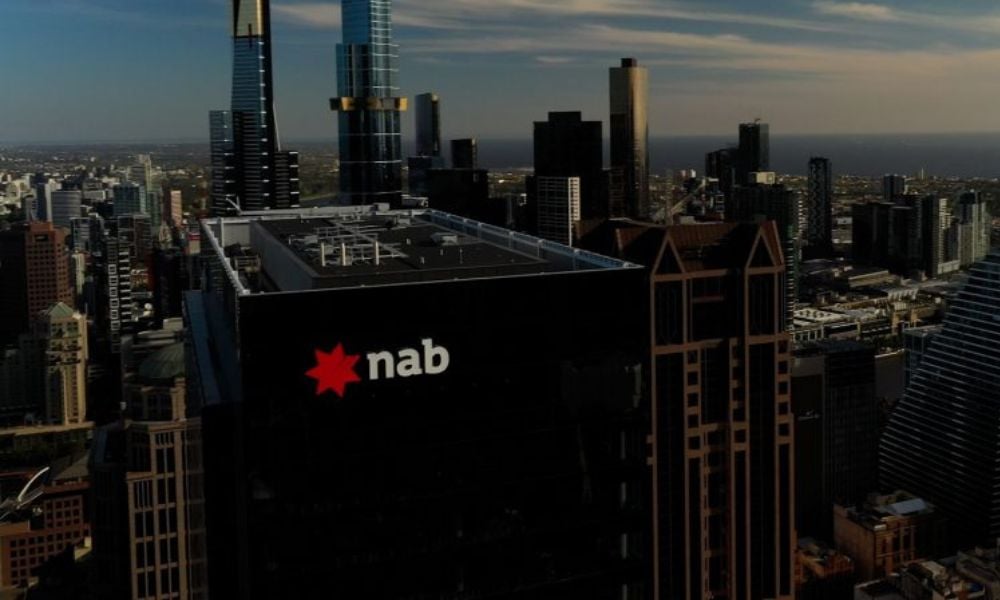Ongoing weak growth likely to keep the cash rate on hold despite strong CPI figures

National Australia Bank (NAB) has projected a flat GDP growth of 0% quarter on quarter and 1% year on year for Q1 2024, marking another quarter of sluggish growth with consumption and business investment showing little change, a slight decline in dwelling investment, and volatile results for inventories and trade.
The continuing weak growth is expected to keep the Reserve Bank of Australia (RBA) on hold, despite strong CPI figures in April. NAB anticipates that soft growth will persist into the second quarter, with potential easing pressures on household income supporting growth in the latter half of the year, though the extent of this remains uncertain.
The NAB data, despite being dated, remain critical for understanding growth dynamics, providing insights into wages, prices, and sector-specific performance, according to NAB senior economist Gareth Spence.
“The Q1 national accounts data will likely confirm that growth remained very weak in early 2024 and provide greater insight into the composition of growth within consumer spending and across the other sectors of the economy,” Spence said. “A weak quarterly read will follow a material slowing in the economy in H2 2023 and see annual growth fall to just 1%. While hard to assess in real time, our view is that the recent period of slow growth is rapidly closing the output gap.
“They will likely confirm price pressures were still elevated but eased slightly and point to a further easing in pressures on household disposable income.”
For the RBA, persistent weak growth complicates efforts to bring inflation back to target without significantly increasing unemployment. Despite a resilient labour market, slow growth in H1 2024 may lead to a further rise in unemployment, likely keeping the cash rate on hold.
“Looking forward, we expect growth to remain soft in Q2 before the quarterly pace improves somewhat in Q3 and Q4,” Spence said. “That would see another year of around 1.5% growth (well below trend).
“Household consumption will remain the key dynamic – and with the pressures on the income side easing more materially in H2, we see consumption growth improving. Dwelling construction will likely remain muted in the near-term, while business investment growth will likely slow from the relatively strong outcomes over recent years.”
Want to be regularly updated with mortgage news and features? Get exclusive interviews, breaking news, and industry events in your inbox – subscribe to our FREE daily newsletter. You can also follow us on Facebook, X (formerly Twitter), and LinkedIn.



